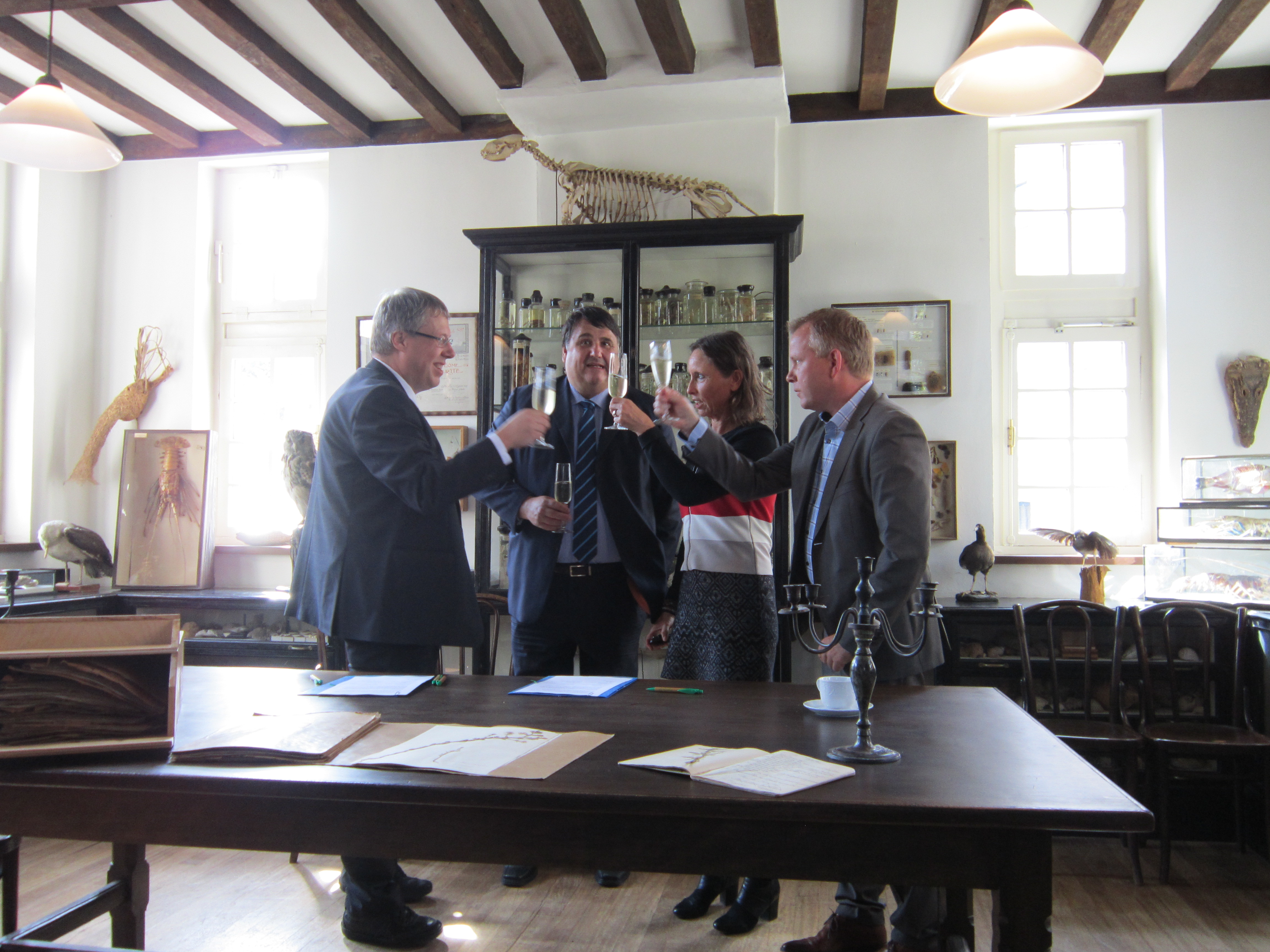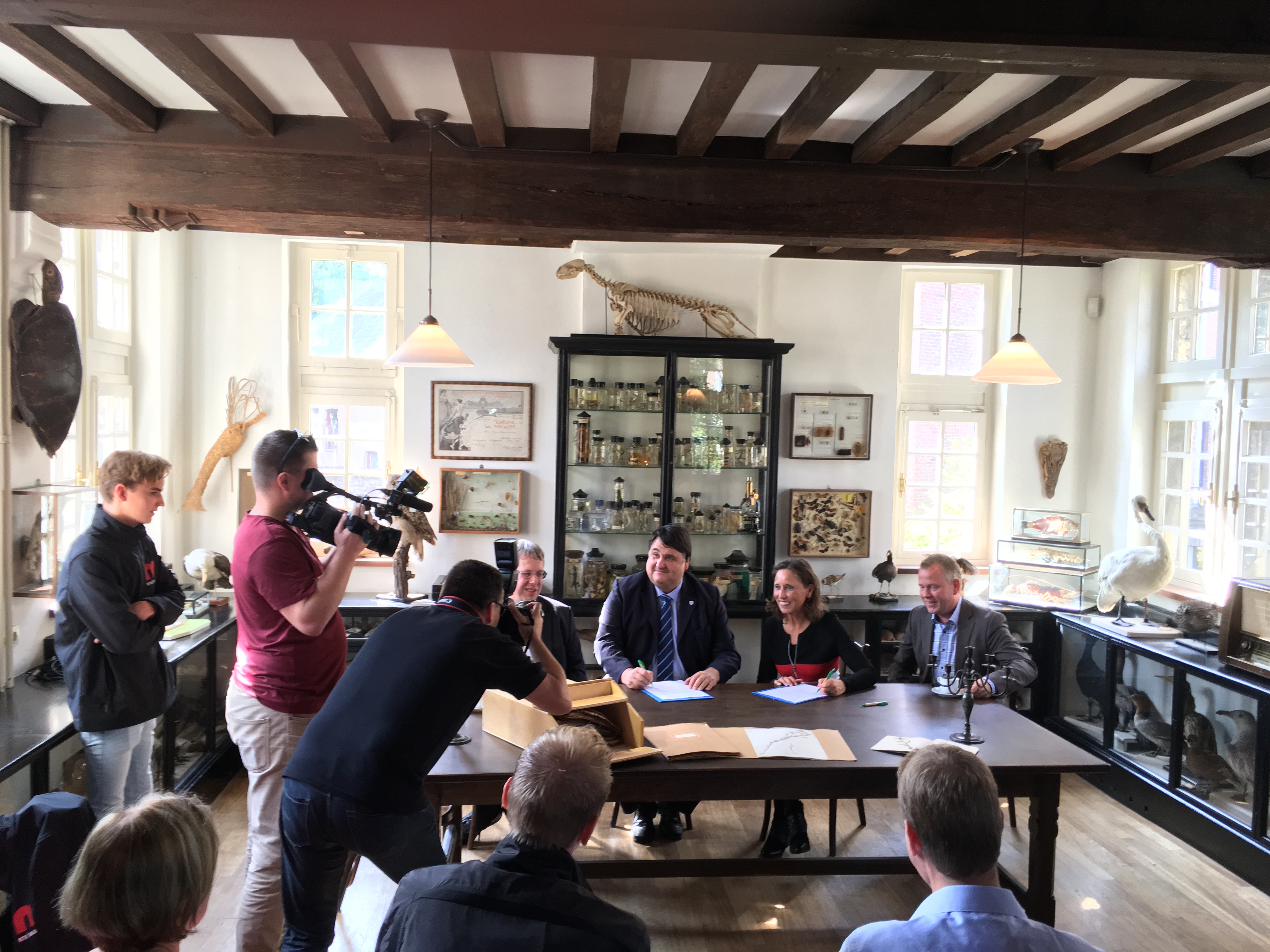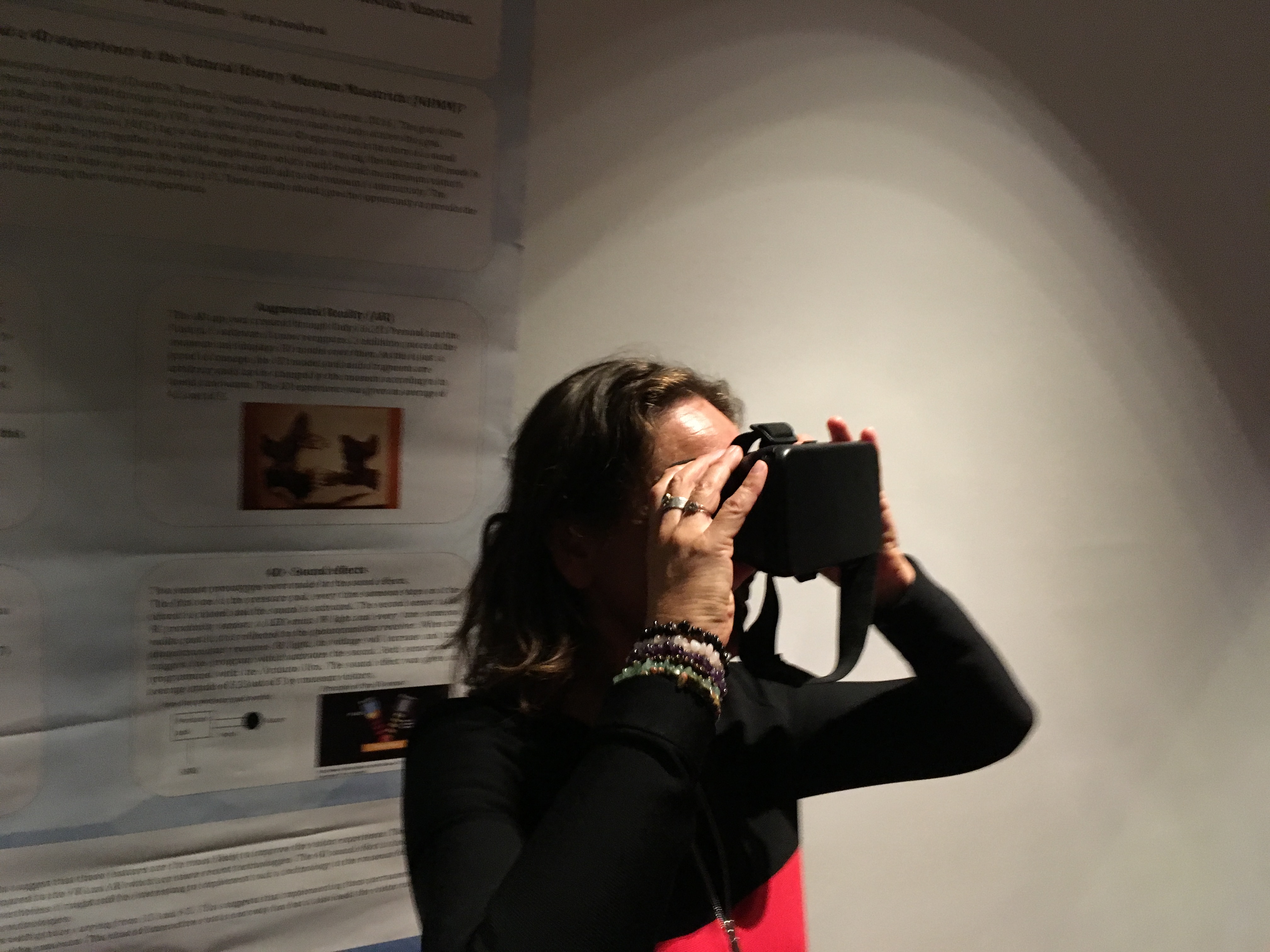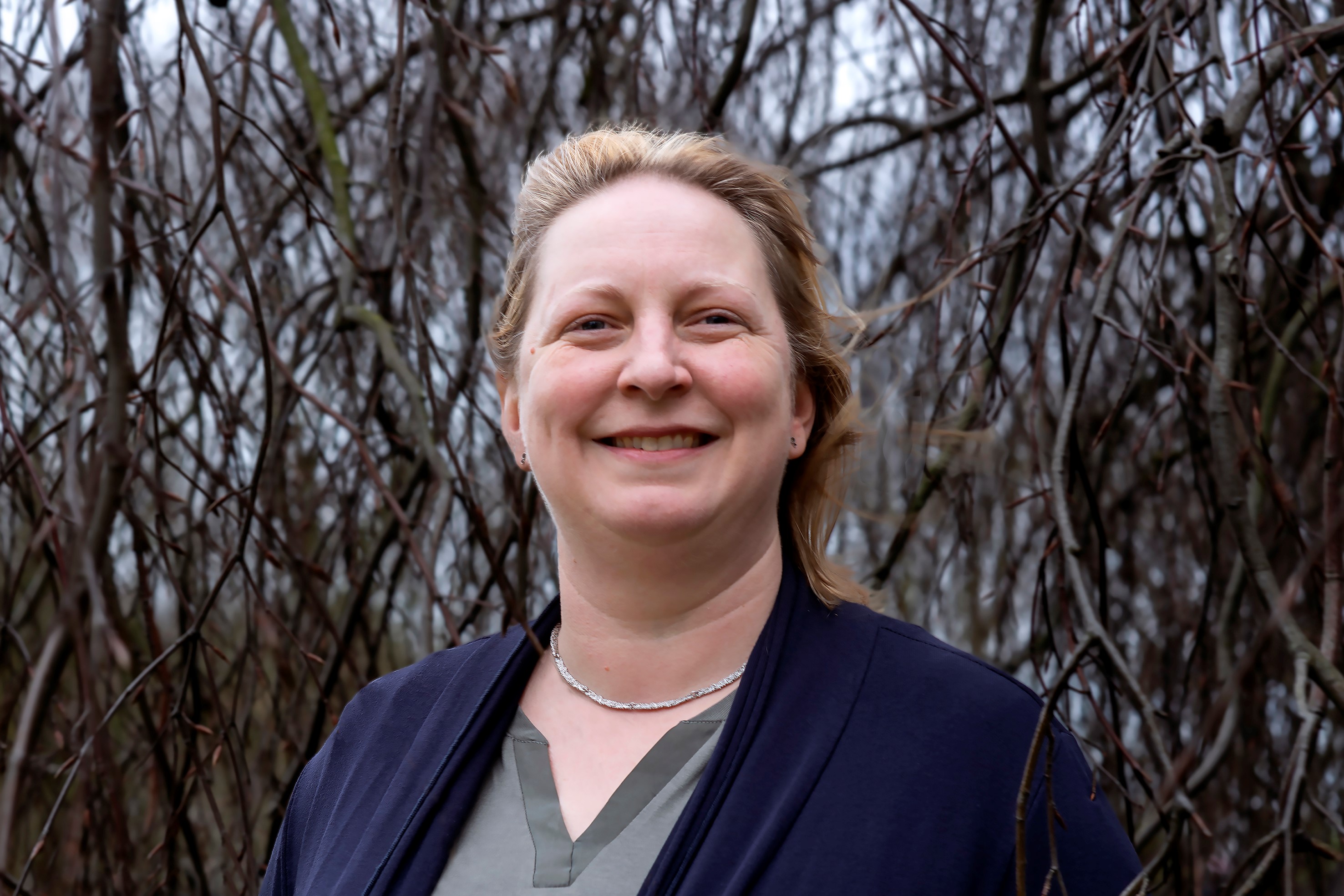Maastricht Science Programme brings collection of Natural History Museum Maastricht to life
Thursday 21 September Maastricht Science Programme (MSP) and Natural History Museum Maastricht signed the covenant, making their collaboration official. With this cooperation both parties want to stimulate scientific research into Maastricht’s natural history collections and ensure joint projects in the field of biology, geology and paleontology.
Interest for the city, students and the university
Maastricht University aims to connect the curriculum of MSP to the region. The museum and the ENCI-quarry are great opportunities to do so, as this collaboration will provide great opportunities to do research into the biology, geology and paleontology of the province of Limburg; and more specifically: the Maastrichtian era (72.1 to 66 million years ago).
The cooperation is beneficial for both MSP and the museum. Collections of the museum will become available for MSP students to do scientific research and come up with new, innovative displays, making the museum more attractive to a wider audience. Above that, visitors of the museum will get the opportunity to get more in-depth information and stories about the history of Limburg. This a great step in the direction set out by Education lab and Science lab: ‘You have to experience science!’

Maastricht Science Programme
Limburg is the province of the Netherlands with the biggest biodiversity and the collection of the Natural History Museum holds a lot of information about this biodiversity. Research into nature and environment can be done in the fields today, but the great thing about the museum’s collection is that it can tell us what happened in the past. We can see changes over time, giving us new insights on the influence of climate change.
During the event MSP students showed what they already have done for the museum. They demonstrated the hologram display and the virtual reality goggles, both showcasing the Mosasuarus.
The students have been active for the museum before: during the ‘Museumnacht’ they have designed an exposition about animal parenting in the tropical rain forest. This was a teaser for the exposition: ‘Mama’.



Also read
-
Maastricht University received grants for three of the ten research projects starting in the National Growth Fund program Circular Plastics NL.
-
"I am proud that our new Circular Plastics group published its first completely in-house research," Kim Ragaert says. She founded the research group three years ago, when she moved to Maastricht. Her work has laid the foundations for many innovations in the field of plastic recycling, and she is...
-
Programming quantum computers, like the quantum computer itself, is still in its early stages. Quantum computing researchers tend to be physicists, mathematicians, or computer scientists who have a special interest in the mathematical framework of quantum mechanics.


